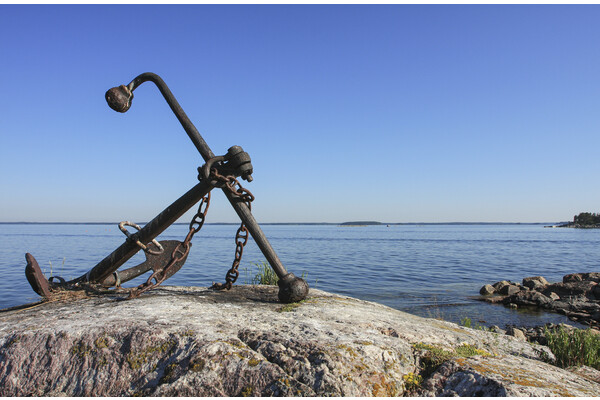Helsinki supports trials to prevent plastic waste in Baltic Sea
Published : 21 Jan 2021, 02:01
Four experiments to combat marine litter in the Baltic Sea have received support from the City of Helsinki.
A startup named Clewat tested a new kind of waste collection ship that effectively collects macro and microplastics from seawater, while Innogreen developed a green wall to filter plastic debris out of stormwater, said a press release of the City of Helsinki.
Bioharbour analysed plastic volumes in cruise ships’ food waste that enters the Baltic Sea, and Bloft Design Lab developed a giant 3D printer to print SUP boards from plastic waste retrieved from shore areas. The experiments were conducted during 2020 in Helsinki’s coastal and sea areas.
Helsinki aims to be a forerunner in the urban transition to a sustainable future. Among other things, the city has pledged to become carbon neutral by the year 2035. Together with the third largest city in Finland, Turku, Helsinki has also been coordinating efforts to protect the Baltic Sea through the cities’ joint Baltic Sea Challenge (BSC) partnership network.
The Baltic Sea has its own plastic litter problem. Close to 90 million people live in its catchment area and it counts among the world’s busiest sea areas in terms of traffic.
In the Baltic Sea region, plastic travels from land to sea through a variety of routes, fed by rivers, stormwater and wind. Some of it is also dumped in the sea directly from the ships. Plastic in the sea is hazardous to both people and the environment.
Plastic degrades very slowly and eventually becomes small microplastic particles, which end up in the digestive systems of fish and birds and eventually reach humans through the food chain. Microplastics present an alarming danger to the environment on their own, but they can also carry harmful chemicals.
In Helsinki, Baltic Sea littering is prevented by a variety of means, including maintenance, coordinated measures and volunteer efforts to clean up shore areas. As an example, the City of Helsinki construction service enterprise Stara, which is responsible for keeping Helsinki’s sea areas and archipelago clean, collected 80 cubic metres of waste from the sea off the shore of Helsinki over the course of the last year.
“Even though a lot is already being done in Helsinki to protect the Baltic Sea, more action is needed. We need entirely new kinds of solutions alongside old ones that have been determined to be effective. Funding easily mobilised experiments is a relatively affordable way to quickly determine whether or not new innovations work and are eligible for wider implementation. As such, we all benefit from Helsinki serving as a platform that can be used by start-ups, businesses and organisations to test their innovations in practice,” said Helsinki Deputy Mayor Anni Sinnemäki.
Four startups were selected in the spring to conduct speedy experiments that would test solutions and services that could either prevent plastic waste from ending up in the Baltic Sea or remove waste that was already contaminating it.
“The experiments were conducted locally in Helsinki’s land and sea areas, but the methods can be replicated for use outside Finland and more widely across the Baltic Sea and the world’s oceans,” said Sanna Suikkanen, senior researcher at the Finnish Environment Institute.


